Trans Mountain Climber Erin Parisi’s Goal to Ascend the Seven Summits of the World
Vacationer Magazine talks to trans outdoor enthusiast Erin Parisi about conquering five of seven of the highest peaks on each continent. She explains how and why she’s doing it, and provides her candid perspective on naviating the world as a trans traveler.
If you’ve never been inspired by a person’s story and the transformative nature of travel, be prepared to be enlighted after our conversation with Erin Parisi, an LGBTQ+ activist and mountain climber who is on a mission to be the first transgender person to reach the highest peaks on each of the seven continents.
She’s already climbed to the top of five summits: Mount Kilimanjaro in Africa; Mount Elbrus in southwestern Russia; Mount Aconcagua in Argentina; the Vinson Massif in Antarctica; and Mount Kosciuszko in Australia.
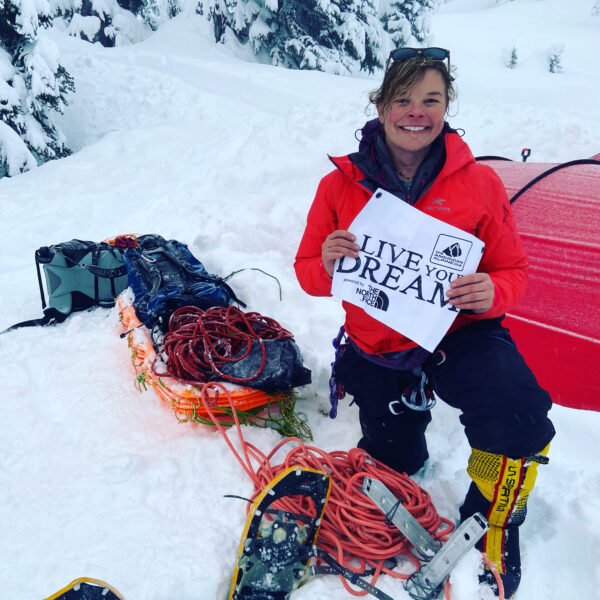
We’re sure the cold temps and frigid winter weather in Buffalo, New York, where Parisi was born and raised, prepared her for the Seven Summits challenge. Currently, she lives in Denver, Colorado, where she told us the local hiking treks can be just as challenging as an ascent up the mountainous peaks she’s already tackled.
We were honored to sit down for almost an hour to chat with the pioneer mountain climber about why she wanted to embark on the Seven Summits challenge, the intense preparation for an ascent, the perils of traveling as a trans person in the United States, her advice for trans folx contemplating coming out, and so much more!
Vacationer Magazine: What trip or travel experience sparked your determination to climb the highest summits on each continent? Did the idea come to you before or after your transition?
Erin Parisi: My goals for travel were a lot more nebulous I think before I transitioned. So I think transitioning put me on pace to climb the Seven Summits. I don’t know if there was one travel that I had that was like, “Okay, now I did that, I’m doing the seven summits.”
I climbed Kilimanjaro before I transitioned and after I transitioned. So, I certainly understood the seven-summit circuit and kind of, you know, Kilimanjaro is one of those mountains. My goal was always to see as much of the world as I could and experience as much world culture.
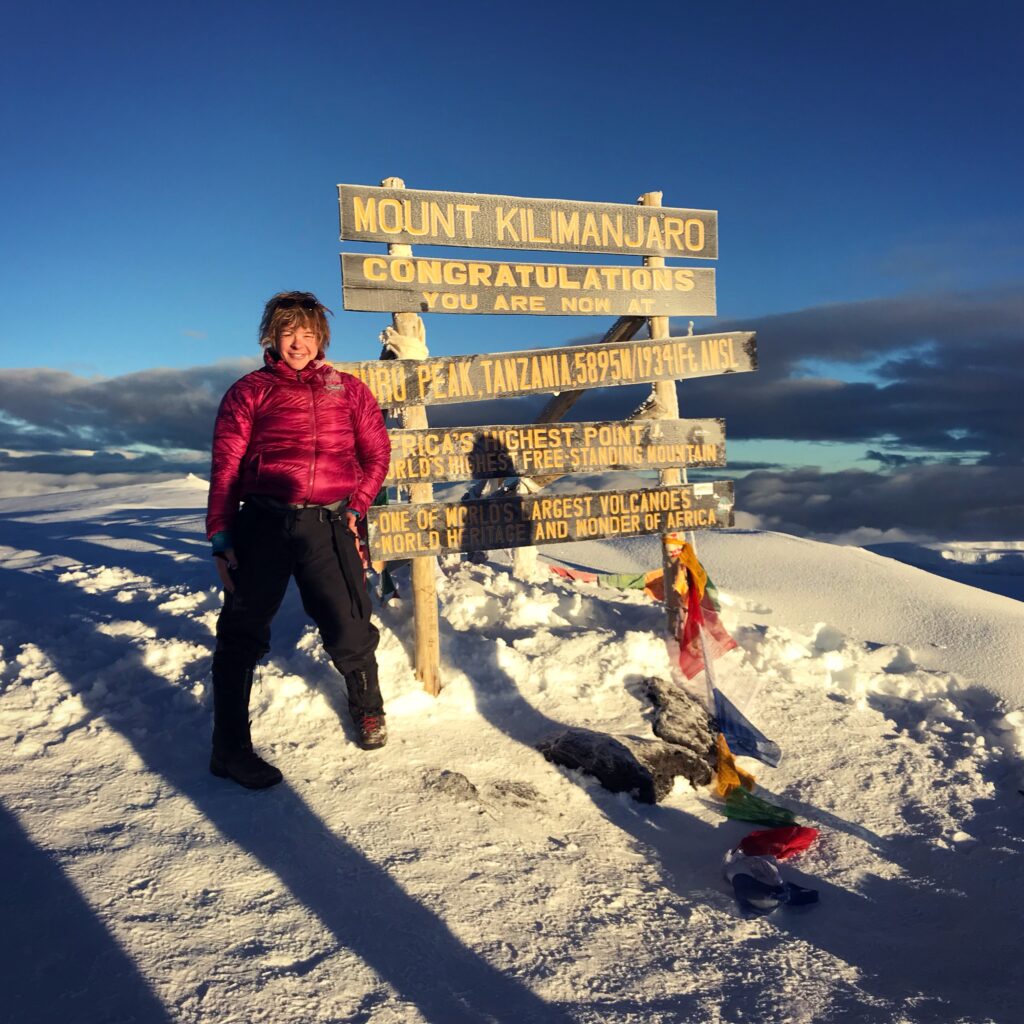
Did you feel more empowered to do it after the transition?
Well, actually, I think right after the transition, I felt like it was gonna be impossible to travel at all. On my way to climb my second peak, I had to go through Charlotte. I was on my way to Kilimanjaro. And we [the U.S.] were already starting in 2016 to pass bathroom bans. And technically at the time, I wasn’t allowed to use the bathroom in Charlotte.
That was when I started thinking maybe I could travel the world, but I very much understood that there’s a lot of homophobia and transphobia around the world that makes a lot of travel inaccessible to LGBTQ people, and if not inaccessible, extraordinarily daunting.
I figured I would make a choice. I would transition and that would probably put an end to my ability to travel the world and interact with people around the world the way that I wanted to.
But even with those thoughts in mind, you still managed to accomplish at least five of the summits, correct?
Yeah, that’s correct. So I think I was challenging myself, and the world, to see what would happen if I didn’t have to choose. What if it was a false dichotomy? I think the world in a lot of ways has told me that the Seven Summits isn’t something that’s accessible for a trans person.
Two of the summits sit in places where it’s illegal to be gay or trans. Several of the summits, including Mount Denali in the United States, sit in countries where there’s a heavy amount of laws restricting what your expression is or how we can talk about being queer or trans or gay or LGBTQ+ in general.
So yeah, the Seven Summits were just something that I couldn’t imagine was possible and I still was like, I’m gonna try it anyways.


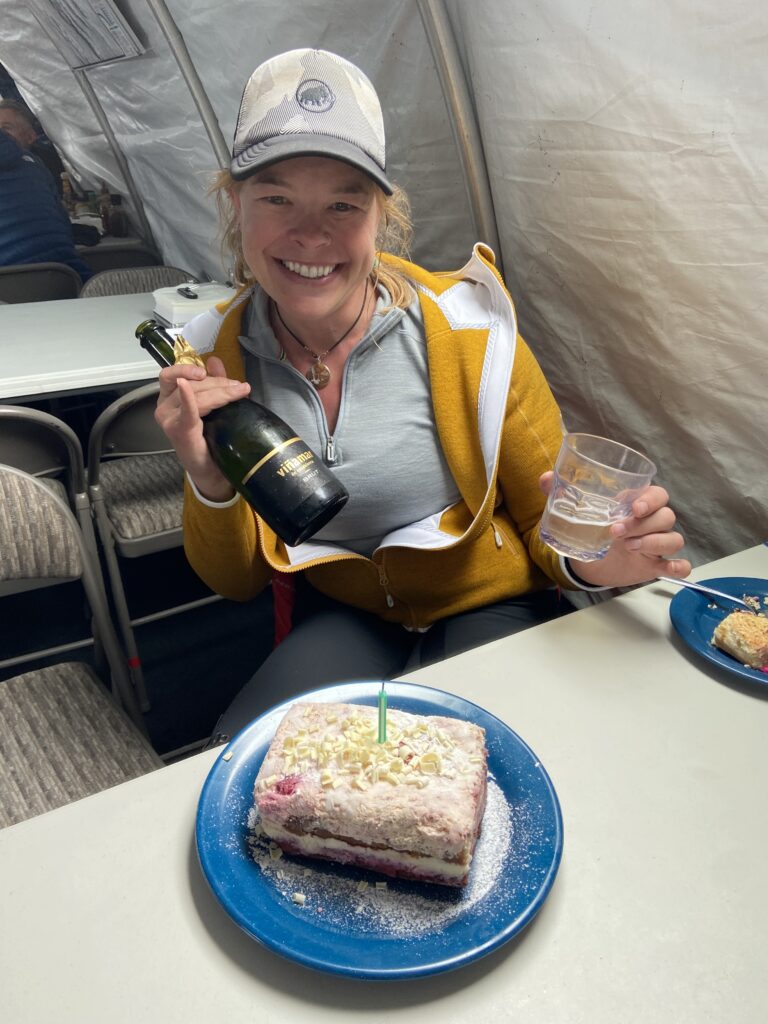
So, how do you prepare for an epic trek to the summit of a mountain? What does that look like? That’s got to be pretty intense.
Yeah, that’s like six days a week of workouts. I spend about three of those days in the gym and I spend another two of those days running and doing uphill track-and-field-style workouts like speed intervals and weighted uphill running intervals 30 seconds on and 30 seconds off for hours at a time. Then I spend a couple of days just hiking under load, where I put on a 50-pound pack or 60-pound pack, get out, and walk uphill very, very slowly.
What gear do you never forget to pack when you’re heading out on a mountain climb or hiking trek?
Erin: On short hikes or long hikes, I carry my Garmin inReach. It’s a GPS transponder and locator. It tells you where you are and lets you know kind of your location. It also allows you to send a tweet to anybody. You can send basically a tweet-length email or tweet-length text message. It’s got an emergency transponder on it. So, if you get into trouble that you can’t get out of or if you might need help; you can push the emergency response button and at some point, maybe someone will come find you.

What’s been the hardest summit for you to tackle so far? And why?
The hardest thing for me to do was to transition and then get a passport and then get on a plane to Australia and find my way to Australia’s highest peak, which is Mount Kosciuszko. I think coming out was probably the hardest challenge of the whole thing.
What would you say so far has been your favorite summit?
They’re all so good. I don’t know. Every one of them means something different to me. I would say my favorite might have been Australia because I got out there and it was just so sweet that I didn’t think that I’d be able to travel again given the kind of pressure that a lot of trans people face in public spaces. And I went out there and I did it. It was my first trip several years after having come out and having contemplated what my safety situation looked like and kind of how I would manage public safety concerns and solo travel as well – so I went by myself. I had been through a tough time in my life, and I got out there and did what I said I was going to do which was to climb the highest peak in Australia.
The next peak after that was Kilimanjaro. As I mentioned, I climbed it once about 10 years before I transitioned and then I climbed it again after transitioning. It was a joyous moment to both get to the top of that mountain and be able to get into and out of Tanzania safely.
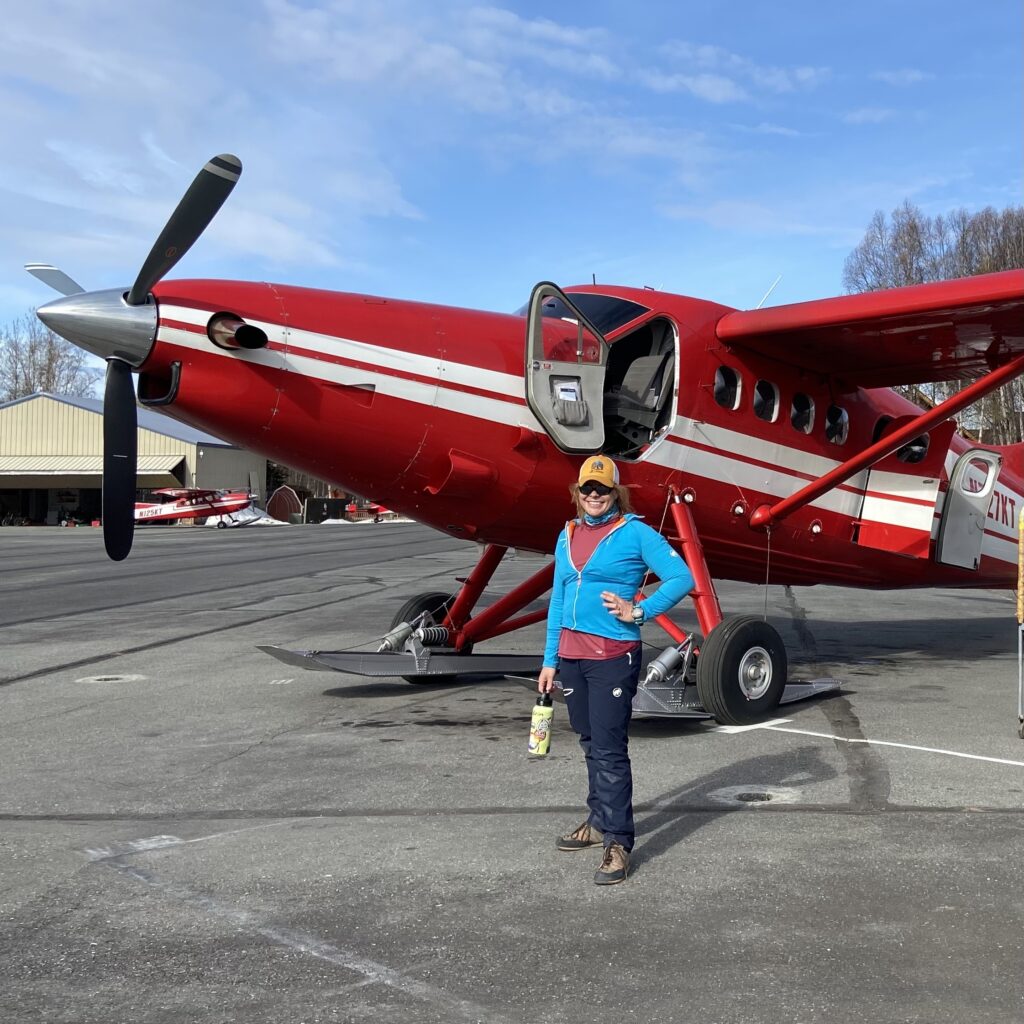
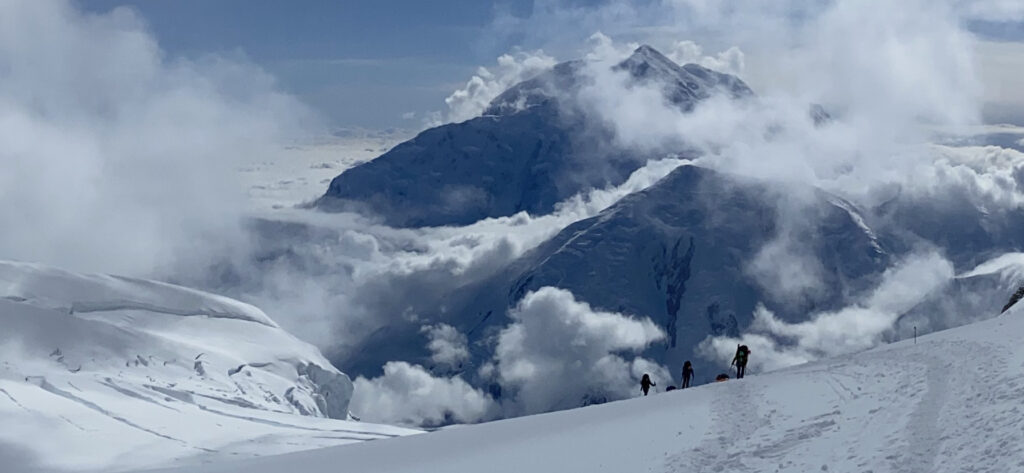
So, what’s your next adventure? You still have two peaks left, right?
Yeah, I just keep cracking away at Denali and I just keep missing it. I went this year, but the weather shut our team down. The first year I was there, the weather shut us down. I got injured the first year too, so that made it pretty tough. I’m finding the more I go out to that mountain and the more I train for Denali, I’m burning myself out.
So I think I might go to Everest. I don’t think next year. I think Everest season and Denali season are the same time. Most people are summiting Everest on or around the last week of May, and most people are starting to pack up for Denali the last week of May. So, it’s a really tight season, so you can’t do both in the same season. It’s been done, but not very often.
So I think I’m going to skip next year for mental health. Maybe I don’t want to spend a three-week vacation on a glacier for the last five years. At some point, I’ve been in negative 25 degrees for several days, climbing at least for a couple of weeks a year. So I think next year I want to find a nice scuba location with an accessible reef that I can explore for a couple of weeks, maybe a liveaboard. And then I can think about the following year. I’m going to get back on and go out for Everest.
There was a trans woman (Jan Morris) who was an author and historian woman that was on Sir Edmund Hillary’s and Tenzing Norgay’s team. She came out in the 70s, twenty years after she was on that team. Her story is incredible. The thought of putting another trans story on Everest would be great! There’s been a couple, but I don’t know that there’s been a trans ascent of Everest yet. And I think it’s time that we get some more representation on that mountain.

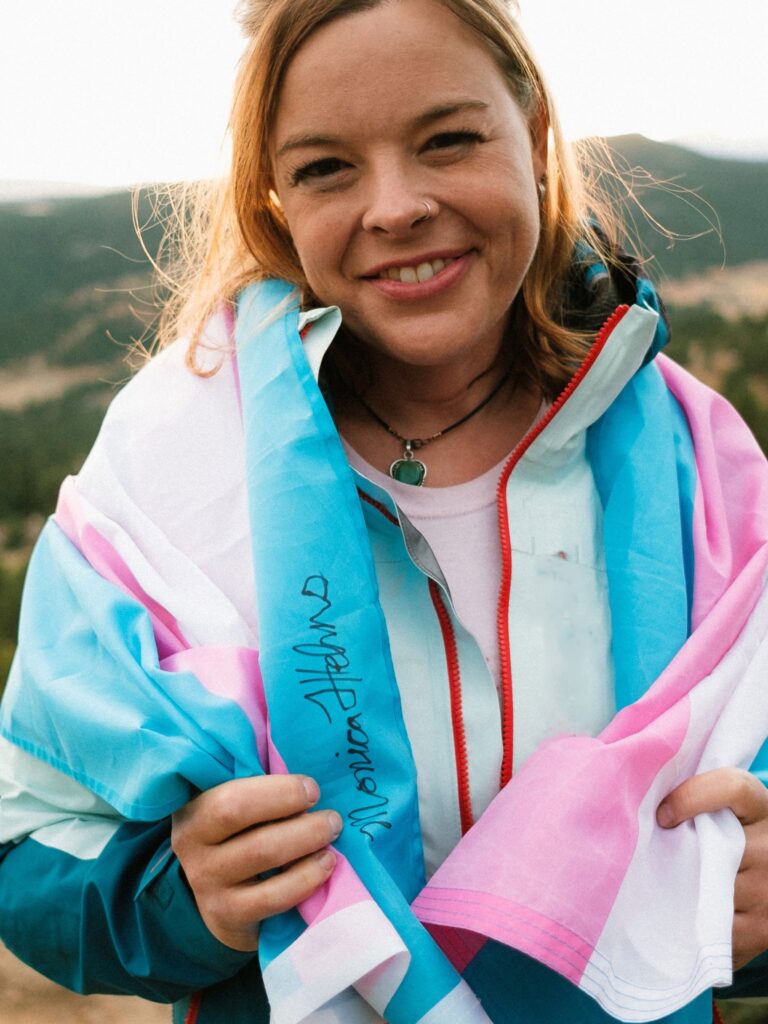
Agreed. Trans visibility is definitely important right now. So, do you normally travel solo, with a companion, or with a group of people?
I think with the mountaineering, typically now I am starting to find that I’ve got a pretty solid base of people that are into it and that want to climb or travel with me. Typically, I do spend a lot of time traveling with people as far as endurance sports, outdoors, and adventure sports activities.
I think in my free time, I travel with my wife and my daughter, but often alone. I was a solo traveler my whole life. I loved traveling alone because sometimes you don’t have somebody on the other side of the equation who’s like, “Yes, I’ll do that.” If you want that adventurous trip, like I’m going to do food tasting in Thailand or whatever it is, and I’ve got a week off of work, so I’m just gonna go and do it. Somebody else might not be into the food tasting, or they might not be into the idea of just taking a week off, money restrictions, or whatever the case may be. I was never one to say no to that trip, I’d go do it. When you transition, that equation looks a little different.
You mentioned your wife and daughter. What does a vacation with your family look like?
So, I’ve got an 11-year-old daughter. We got her certified to scuba dive. So lately we’ve been doing kind of stepmom-daughter scuba diving trips. We’ve gone to Mexico a couple of times. Let’s see, we do a lot of skiing. The three of us – my wife [Allison], our daughter, and myself – are skiers. So, we spend a lot of time in Colorado ski towns.
My daughter is on a hockey team, so we’re going to spend a couple of weekends in Aspen over the next couple of months and then maybe go back to Mexico next year. We try to do some beach time and try new foods and dance and, you know, just hang out on the beach as a family.

So, I’m curious, in terms of trans travel, do you feel like there still hasn’t been much progress, and if not, what are some changes you think really would help the trans community travel more?
Gosh, my answer would have been totally different a couple of years ago. We’re going to have to move mountains to get to the point where I think a lot of trans people do feel safe traveling the world. You know, there are a dozen countries in the world where there’s capital punishment for being trans or gay in the country. There’s another 80 or 90 where we’re talking about prison time for people who are trans or gay.
It’s going to take a big change in people’s attitudes for a lot of trans people to feel safe. And I think right now with the direction of the world, you’ve got a big bifurcation in the United States if I want to travel locally. If I head out from my house and hop on I-70, I only have to hit the Nebraska border before laws change and my access to public spaces becomes really complicated.
I’m skipping a wedding in Florida for a very close family member this year. Florida was known as an LGBTQ-friendly place not that long ago. The problem is if I go to a public beach – I think and it’s hard to want to do the research to figure out what are the laws that apply to me. If I go to a public bathroom at a public beach that’s gender-specific for a female, and I don’t think I’m safe in a men’s room. I could end up in a men’s prison.
All of a sudden, my life is on the line because I decided. It’s a hard choice to make because there are trans people there who are living this on a daily basis. The fact of the matter is that it’s getting harder.
There are places from Texas to Missouri to Florida and, like I said, Nebraska, that are making it extraordinarily difficult for trans people to use public facilities. And I think that’s a very basic way to stop people from being able to experience the culture and the community that you have locally in those places.

Erin, thanks so much for taking time out of your busy schedule to chat with me. Is there anything else you wanted to let our audience know about your mountain climbing or any additional thoughts that you have that you might want to communicate to them?
I think that right now, a lot of people who are coming out, especially trans people who are just coming out, are looking at the fact of what coming out might mean and how it’ll impact their freedom to move and travel.
I would say, the most important thing is to be yourself. I know a lot of times I encourage people to be safe and make sure that they’re doing something that’s in their comfort zone and also that they do their research, but I don’t mean to overplay the safety side of things. I don’t want my cautions to ever give people the impression that “Well, I can’t do that.”
By and large, I think the world is friendly and safe. There are a lot of safe options for places you can go. I recommend finding a friend, to find yourself and to be yourself, and also find adventure. Those things aren’t mutually exclusive. The truth is you can have it all and you should.
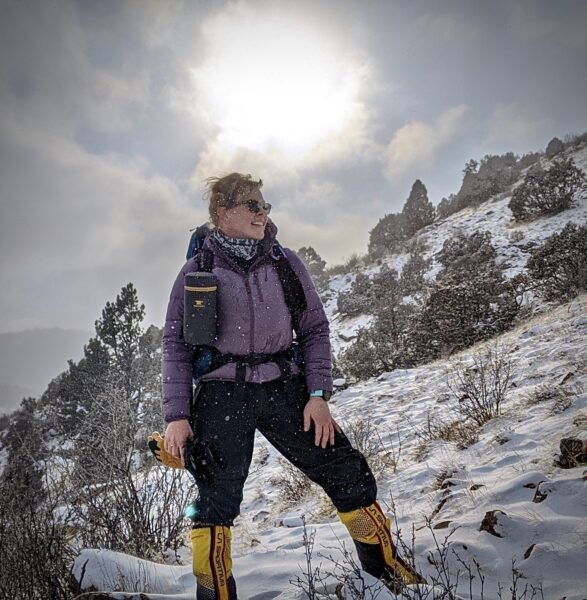
We’ve got more coming up about Erin Parisi in the next couple of weeks, including her travel recommendations for LGBTQ+ visitors visiting Denver for the first time. Until then, you can find out more information about her organization, TranSending, dedicated to the advancement of transgender rights by promoting athletics as a platform for transgender awareness and inclusion. You can also follow her on Instagram, too!
Queer vacationers can also read about other outdoor adventurers such as Mikah Meyer and check out our list of resources for queer hikers!


